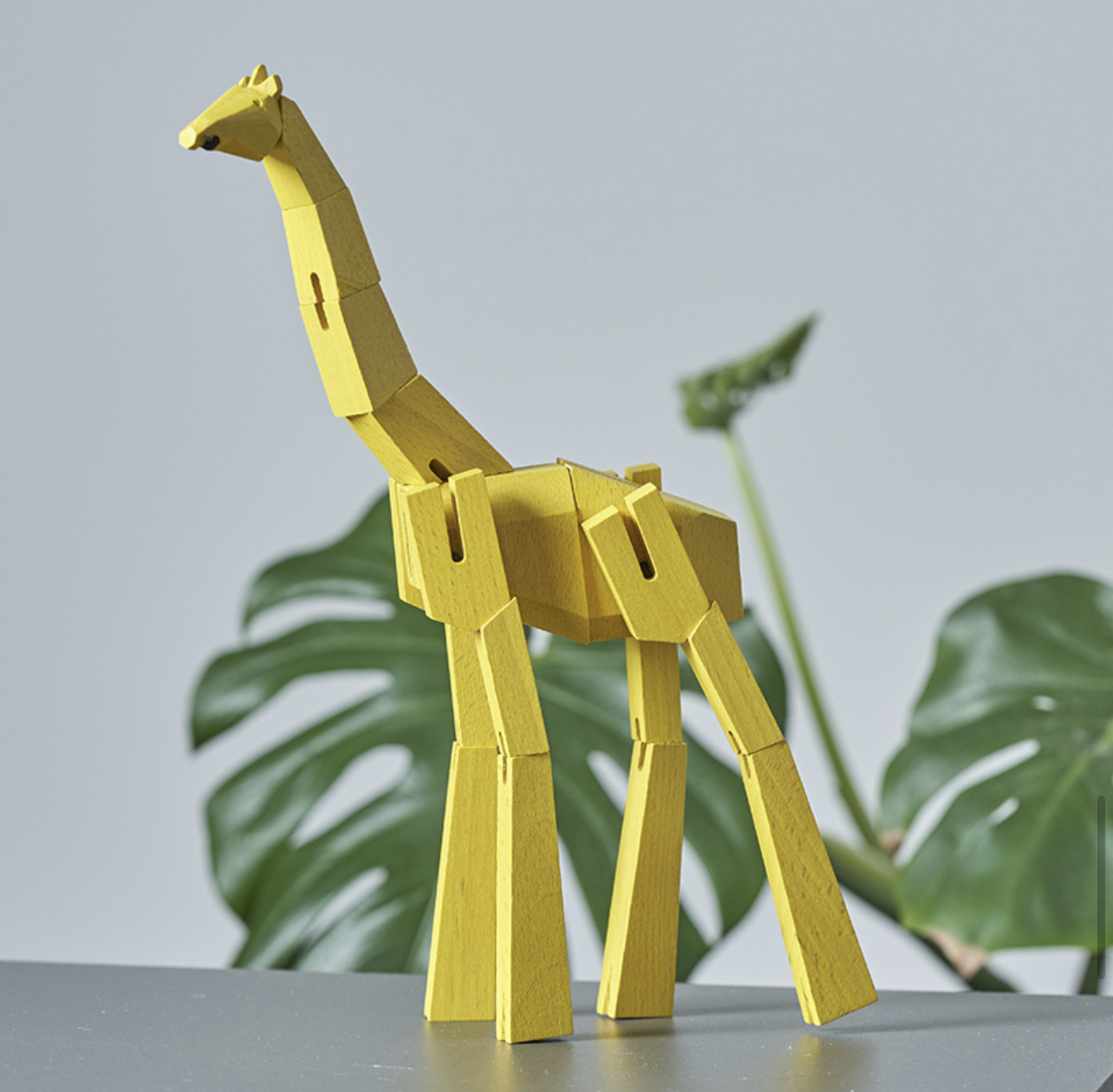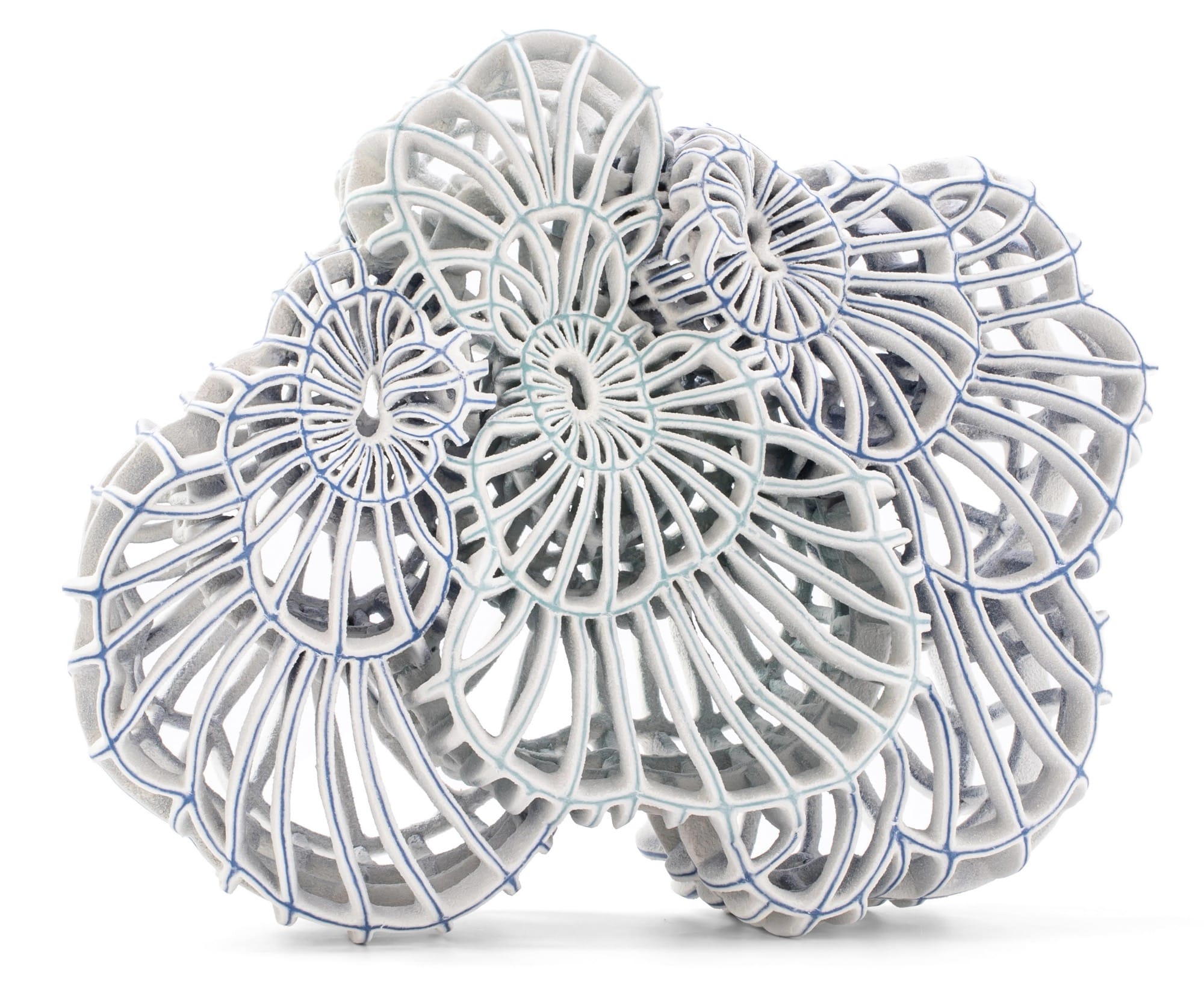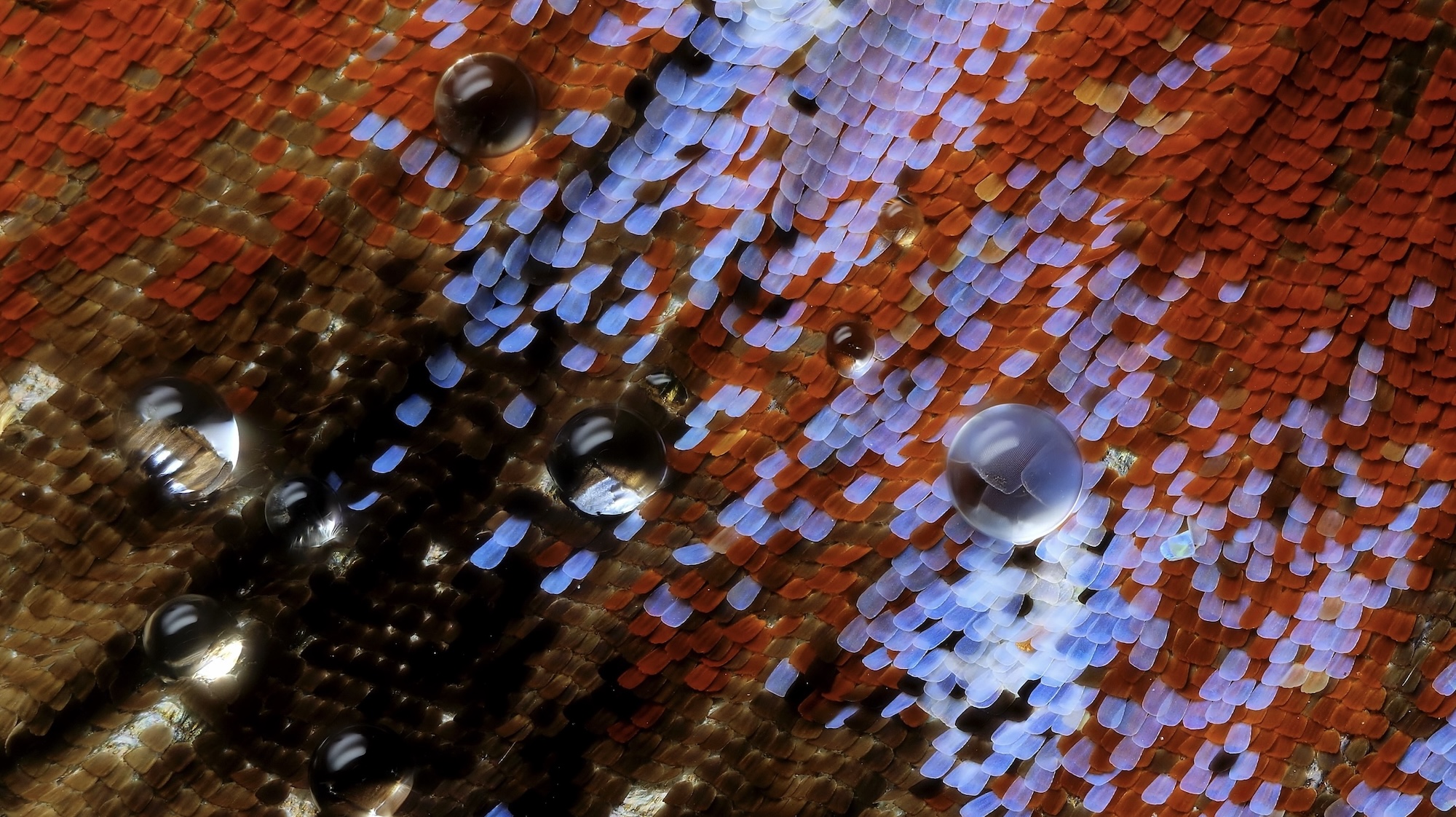“Evolution Is Painful” (2023), acrylic on canvas, 3 x 3 feet. Photo by Ed Mumford, courtesy of the artist and Shulamit/Curcio, Los Angeles. All images shared with permission
“Most of my work begins from an extremely personal place,” says Amir H. Fallah. “When I speak on politics or the environment, I start with my own experiences and try to create something that has a broader reach. It’s the only way I know to make work that feels sincere.”
Based in Los Angeles, Fallah was born in Tehran in 1979, a year of revolution and political upheaval that ultimately brought his family to the U.S. His works in the last few years reflect this early encounter with war, migration, and the ways identities are obscured, mutable, and multifaceted.
Lavish with patterns and textures evocative of ribbed, woven fabrics, the artist’s works are unabashedly maximalist and comprise dozens of allusions to biological specimens, Persian miniature paintings, architectural arabesques, cartoons, material culture, and more within a single frame. Each painting and sculpture begins with a personal narrative that Fallah widens to a broader context, ultimately translating the idea visually by scouring an enormous archive amassed during the last five years. He explains:
I go through the database and pull 25 to 30 images that generally fit the narrative of the work. From there, I move the images around, shift scale, manipulate color, and combine images until the work comes to life. The best way to describe my sketching process is to compare it to a puzzle where you have all the pieces but have to spend days assembling them to get them to fit. For some works, I make 10 to 20 variations and spend months making small adjustments before finalizing the sketch. From there, the work gets drawn on canvas, and the rest of the process is intuitive, with decisions made on the fly.
Sometimes scaling six feet, Fallah’s canvases layer bold motifs, figures, and objects in a way that has an inundating effect, both drawing the eye in several directions and confronting the viewer through their unignorable size. His subjects appear cloaked in patterned fabrics that mask their exact identities, prompting a fundamental question: what do we actually learn about someone by simply looking at their face? Just as Fallah pieces together imagery from a multitude of sources, he asks us to do the same, to search the multitude of visual information and histories tucked into his works and begin to create a rich, entwined tapestry of human life.
If you’re in Los Angeles, you can see one of Fallah’s paintings from February 24 to March 14 at Phillips for a collaborative exhibition with Art for Change. Find more on his site and Instagram.
“Holiday” (2023), acrylic on canvas, 6 x 6 feet. Photo by Ed Mumford, courtesy of artist and Shulamit/Curcio, Los Angeles
Detail of “Holiday” (2023), acrylic on canvas, 6 x 6 feet. Photo by Ed Mumford, courtesy of artist and Shulamit/Curcio, Los Angeles
“Look At The Sky Tonight All Of The Stars Have A Reason” (2023), acrylic on canvas, 3 x 4 feet. Photo by Ed Mumford, courtesy of artist and Gallery All, Shanghai, China
Detail of “Evolution Is Painful” (2023), acrylic on canvas, 3 x 3 feet. Photo by Ed Mumford, courtesy of the artist and Shulamit/Curcio, Los Angeles
“Perpetual Life” (2023), bronze, steel, and marble, 191.4 x 83.2 x 74.9 centimeters. Image courtesy of the artist and Gallery All, Shanghai, China
Left: “Lost And Found” (2022), aluminum, hardware, acrylic paint, 72 x 36.62 x 25.30 inches. Photo by Alan Shaffer, courtesy of the artist and Shulamit/Curcio, Los Angeles. Right: “Empire” (2023), acrylic, aluminum, hardware 72 1/2 x 35 1/2 x 20 1/2 inches. Photo by Alan Shaffer, courtesy of the artist and Shulamit/Curcio, Los Angeles
“Unlock” (2021), acrylic on canvas, 32 x 18 inches. Photo by Alan Shaffer, courtesy of the artist and Dio Horia Gallery, Athens, Greece
Do stories and artists like this matter to you? Become a Colossal Member today and support independent arts publishing for as little as $5 per month. The article Amir H. Fallah’s Puzzles Together Monumental Narratives in His Bold Maximalist Paintings appeared first on Colossal.


